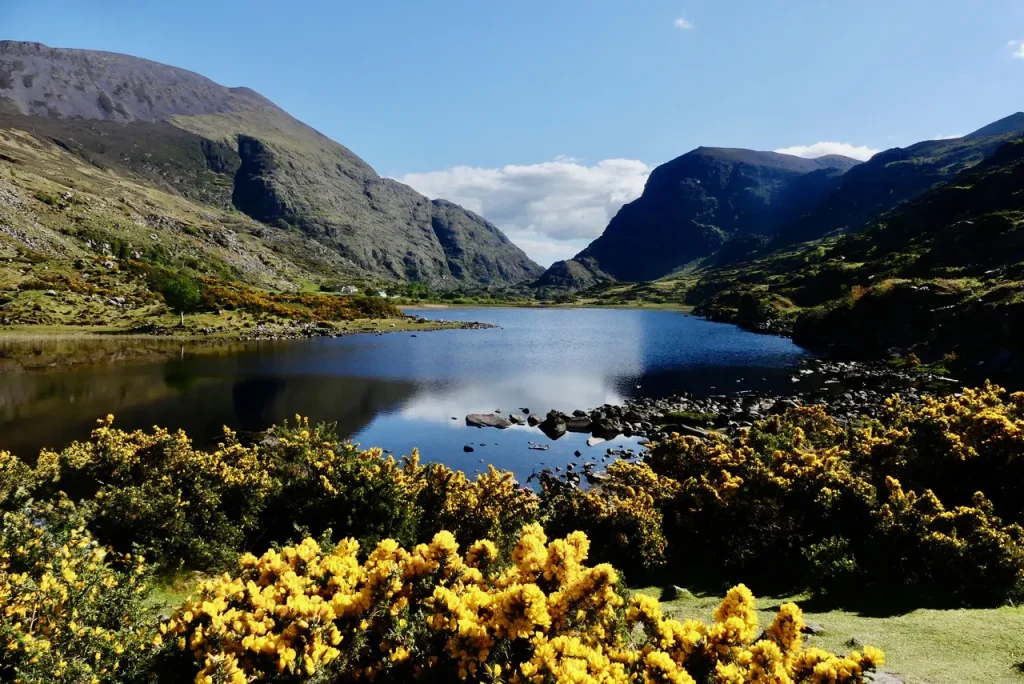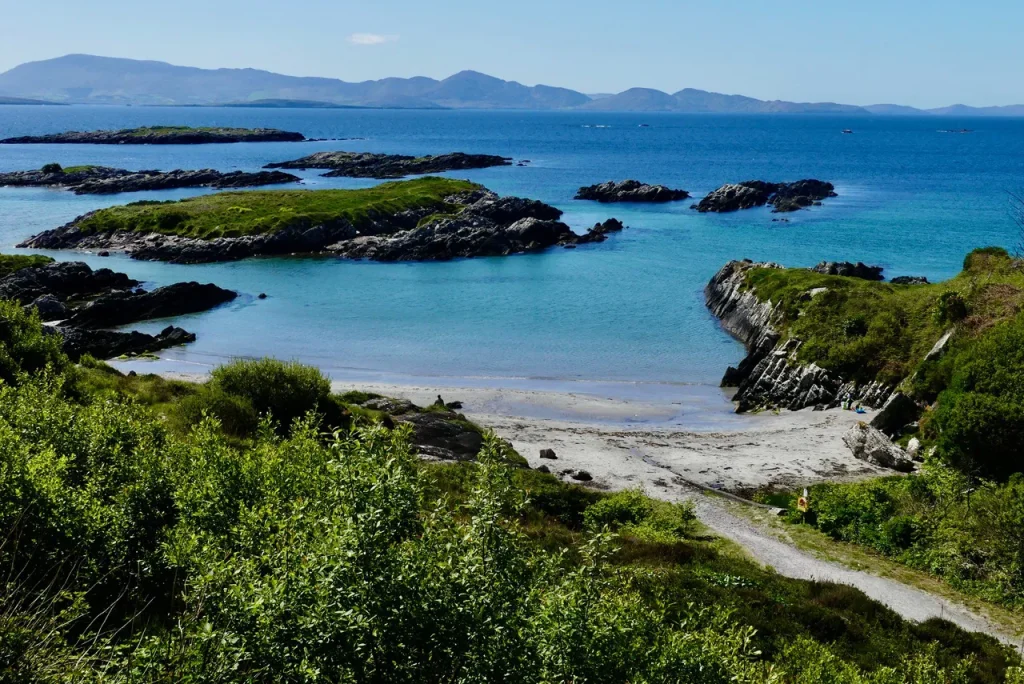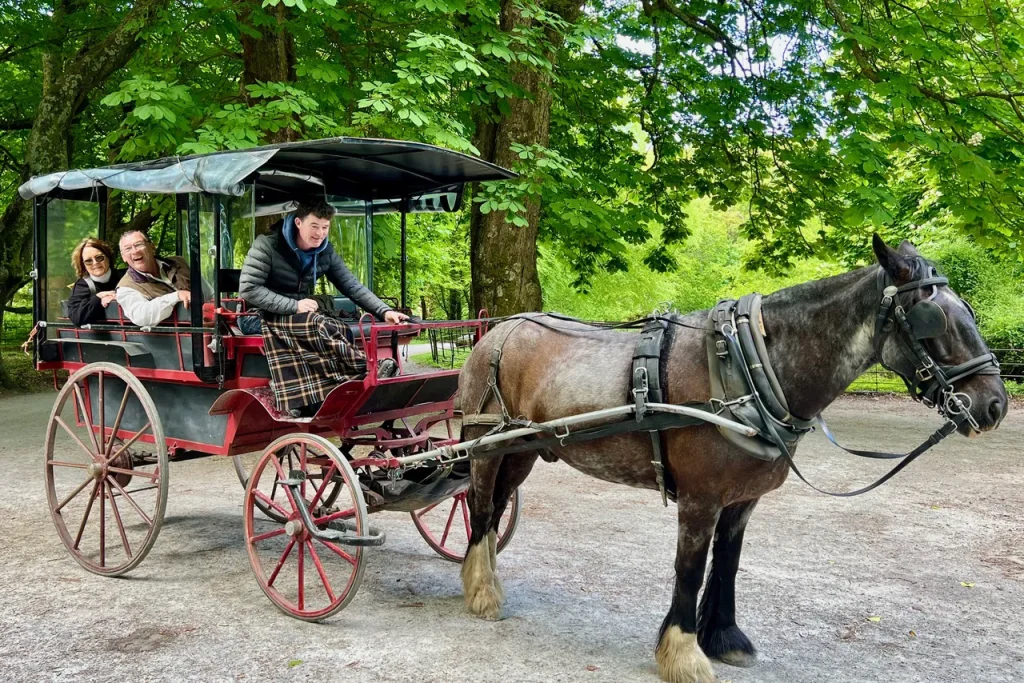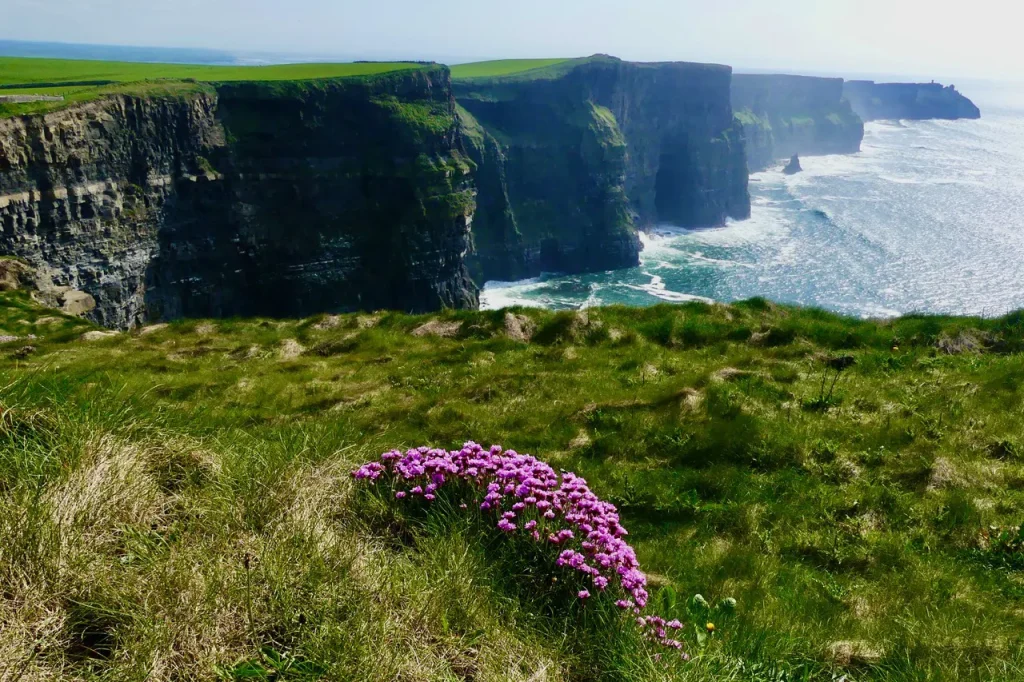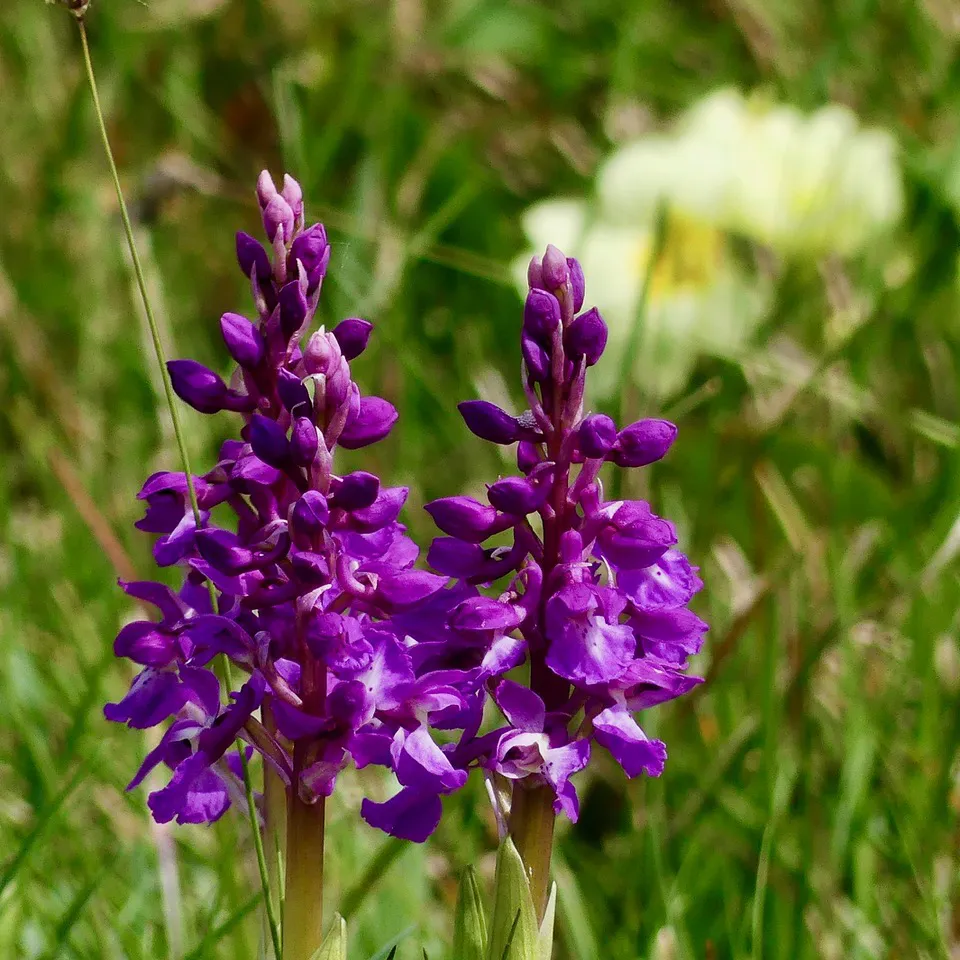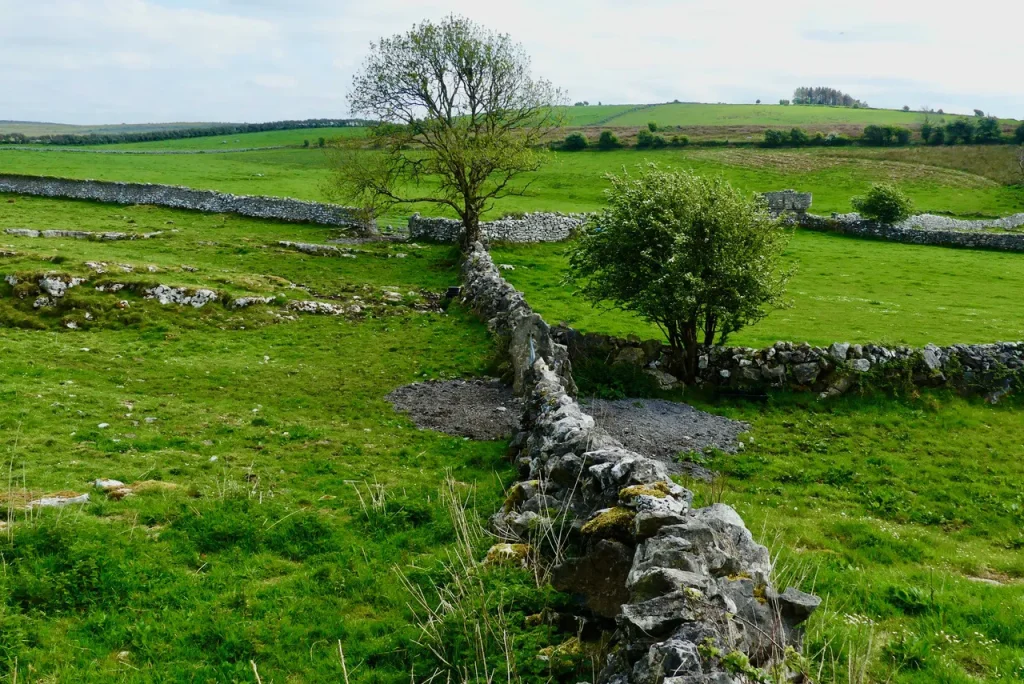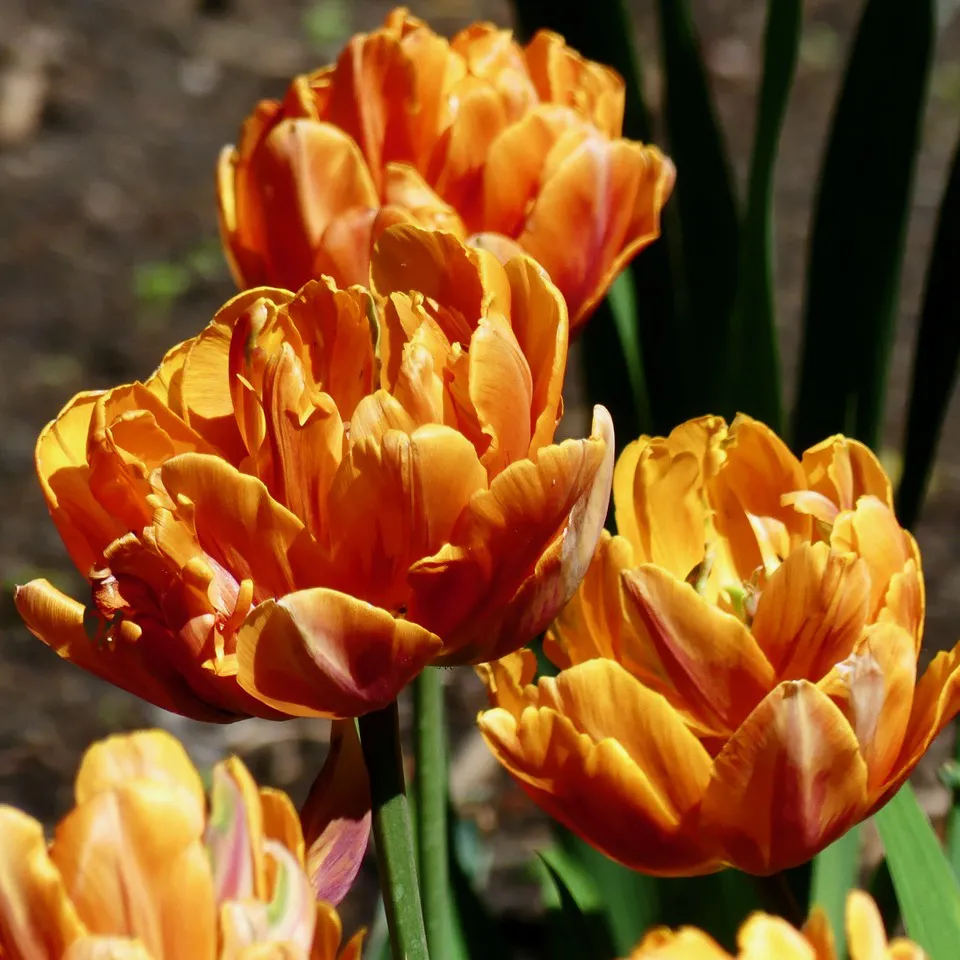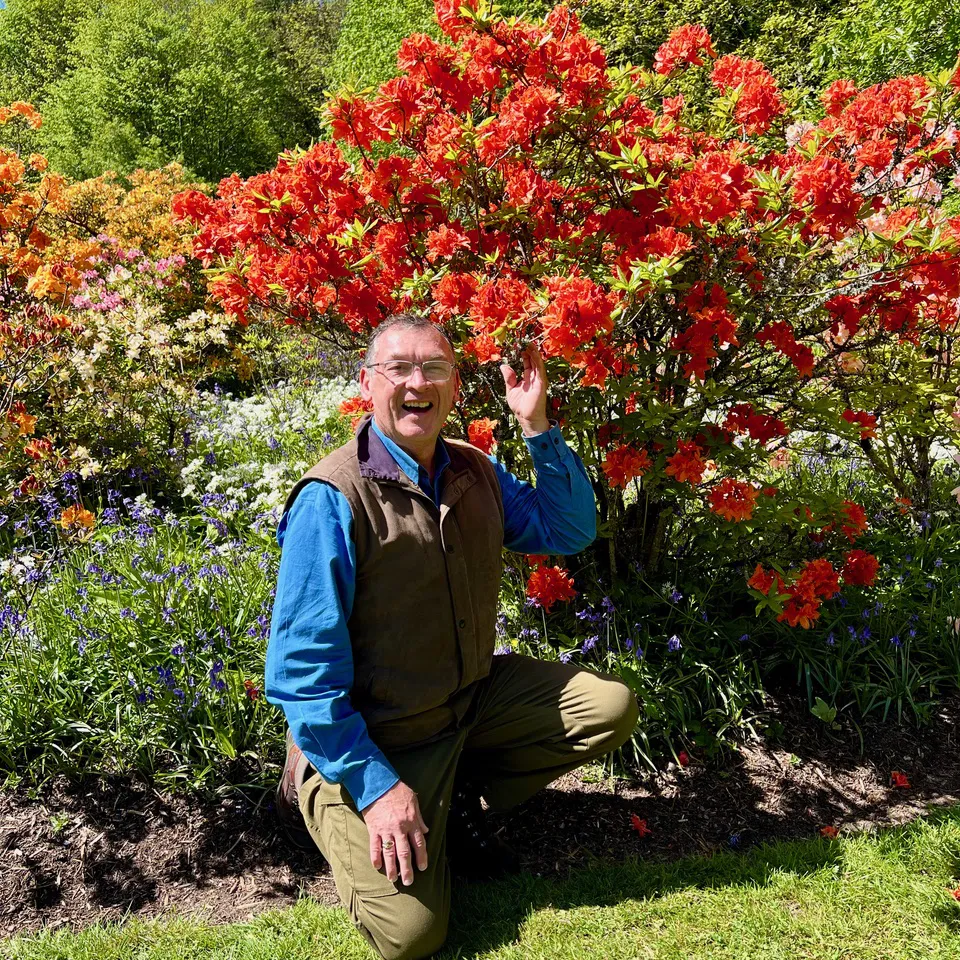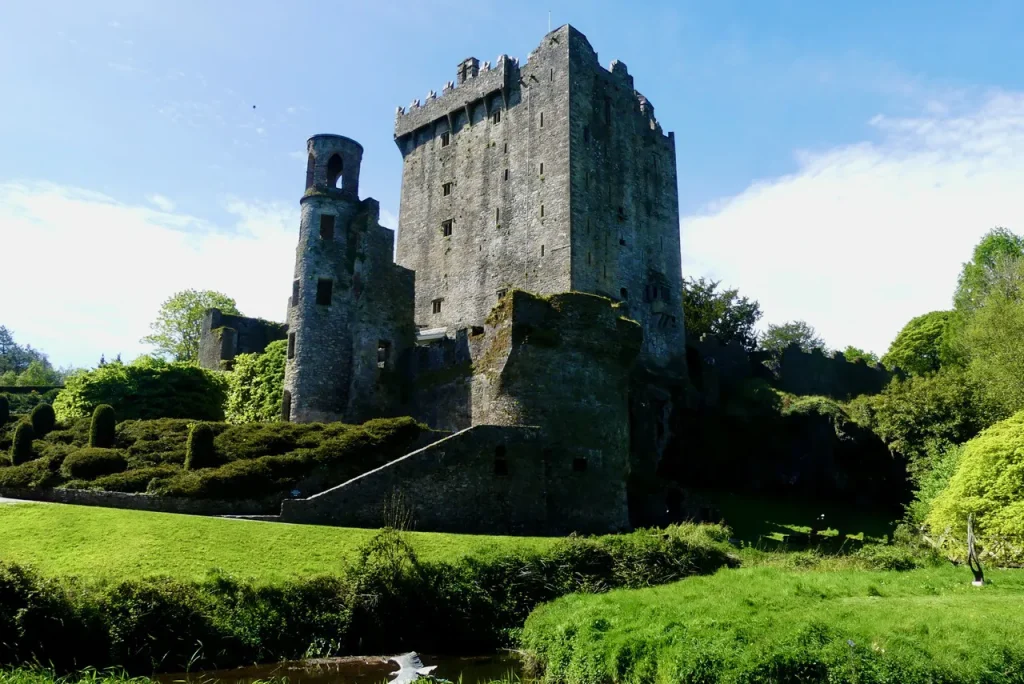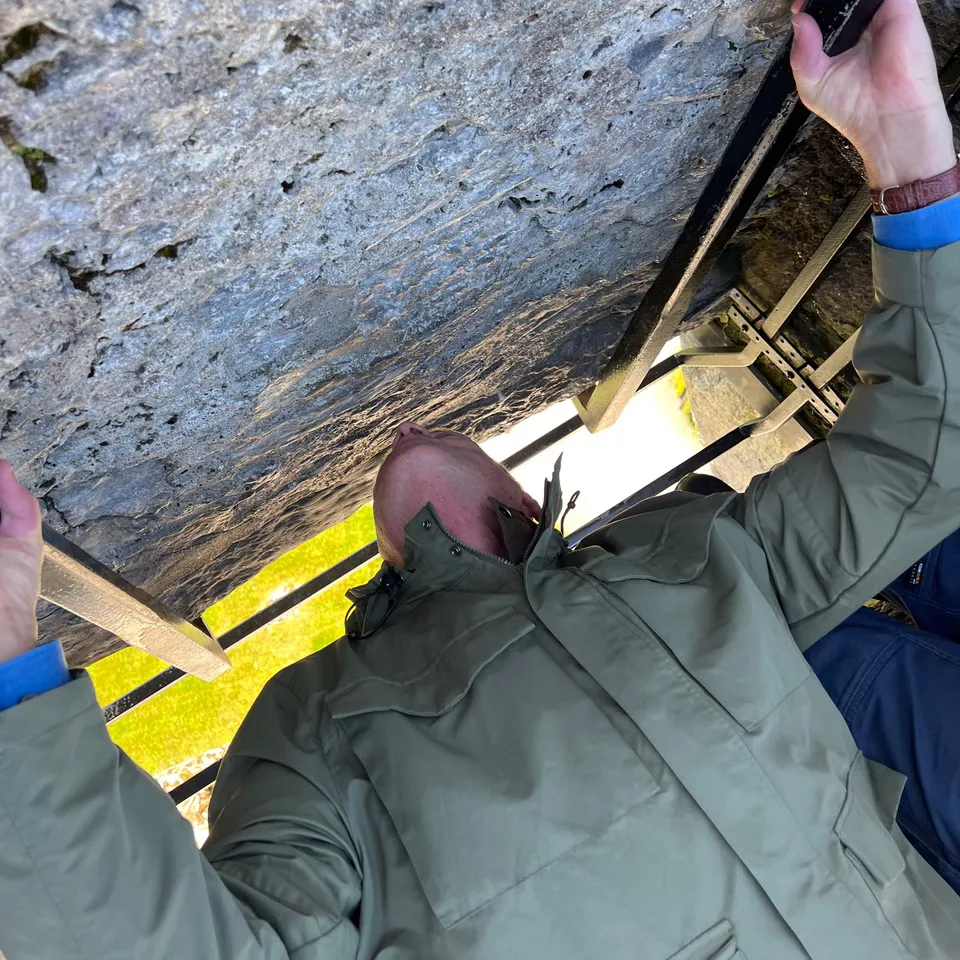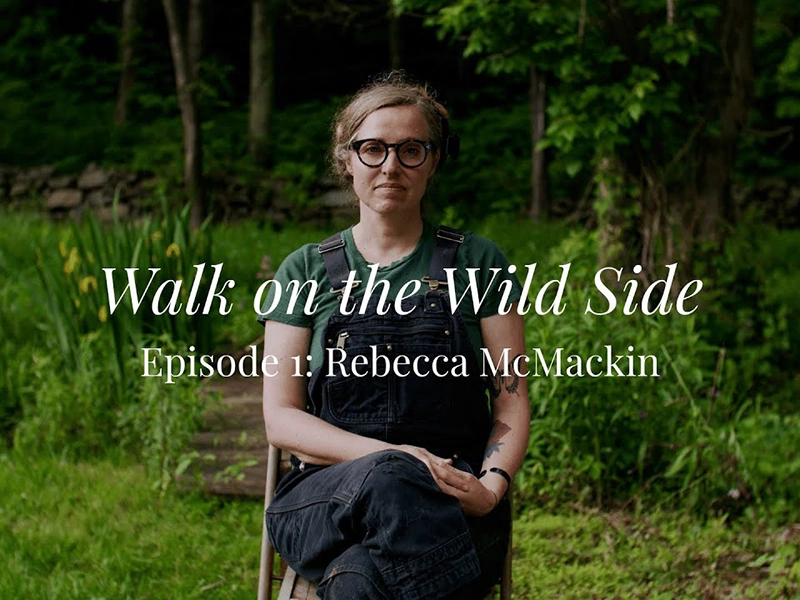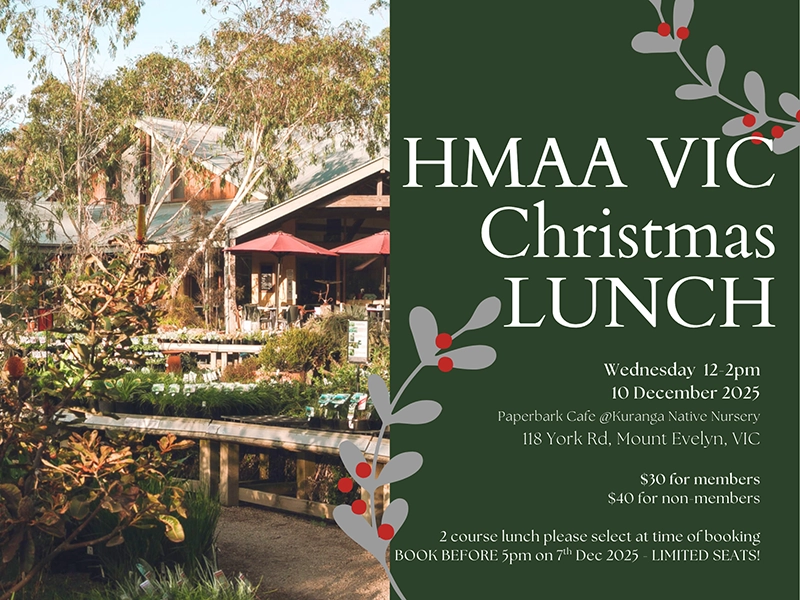Ireland’s nickname, The Emerald Isle, is certainly a fitting tribute to the country’s natural beauty – its lush rolling green hills, grandiose mountains and dramatic coastline. As I flew into Shannon Airport on a glorious spring afternoon with my American friend Linda, we looked out over the verdant patchwork of fenced farmland in the country’s south west and was filled with anticipation as to what delights the next few weeks will hold.
County Clare possesses the most visited sight in Ireland, The Cliffs of Moher, a majestic series of sea cliffs standing over 700 feet above sea level. We arrived in late afternoon to avoid the tourist coaches and luckily, a foggy, cloudy start to the day transformed in a balmy sunny afternoon, bathing the iconic cliffs in soft light. Its not hard to see why the cliffs are so popular.
The Cliffs of Moher are located at the southwestern edge of The Burren region in County Clare, the second most visited place in Ireland. The word “Burren” comes from an Irish word “Boíreann” meaning a rocky place and it is certainly that. The Burren is a vast cracked pavement of ancient limestone, with cliffs and caves, fossils, rock formations and archaeological sites. It has over 70% of Ireland’s native flowers including beautiful ground orchids scattered throughout. We visited the famous Poulnabrone Dolmen, a megalithic stone tomb located at one of the highest points of the Burren, built over 5,800 years ago. The Burren also contains the ruins of numerous tower houses, castles, stone forts and churches, many built over 1000 years ago.
Apart from the natural beauty of the region, we were here to visit some of Irelands great gardens and we were not disappointed. Kylemore Abbey & Gardens in Connemara, County Galway is nestled on the shores of the lake at the foot of the Twelve Bens Mountains – a magnificent location. The Connemara region has some truly amazing scenery, a bleak wild terrain, breathtaking in its shear austerity. Kylemore Castle as it was known, was built in 1863 as a residence for a wealthy English politician, Mitchell Henry and his family, and eventually was taken over by Benedictine nuns in 1920. The nuns restored the 6-acre Victorian Walled Garden and produce is still used today by the nuns and in the restaurant. It is the grandeur of the setting that makes this place so special.
The beauty and size of the gardens at Blarney Castle were an unexpected surprise. Having visited almost 30 years ago, I remember it was all about ‘kissing the stone’ but the extensive gardens they have developed since are truly magnificent. Areas include the Fern Garden, a deadly Poison Garden, a Himalayan Garden and the magical Rock Close, draped in moss and olde world charm – I half expected to see a leprechaun dancing through the trees. The kaleidoscope of colours in the azalea walk was dazzling in the spring sunshine. Many would say that it was unnecessary for me to again kiss the famous Stone, known for its power of conferring eloquence and the ‘gift of the gab’, but ‘when in Blarney’ … how could I refuse!
The jewel of County Kerry is undoubtedly the scenic Ring of Kerry, a 179 km drive containing views of bucolic green pastures, rugged mountains and breathtaking coastal scenery. We enjoyed the Ring over two days, giving time to explore the many pretty villages, gardens, ancient ruins, and just to soak up the atmosphere of this unique corner of Ireland.
We have been blessed with glorious spring weather for our first week in Ireland and enjoyed so many wonderful sights – hopefully the ‘luck of the Irish’ will hold for a few more weeks.
George Hoad AM


